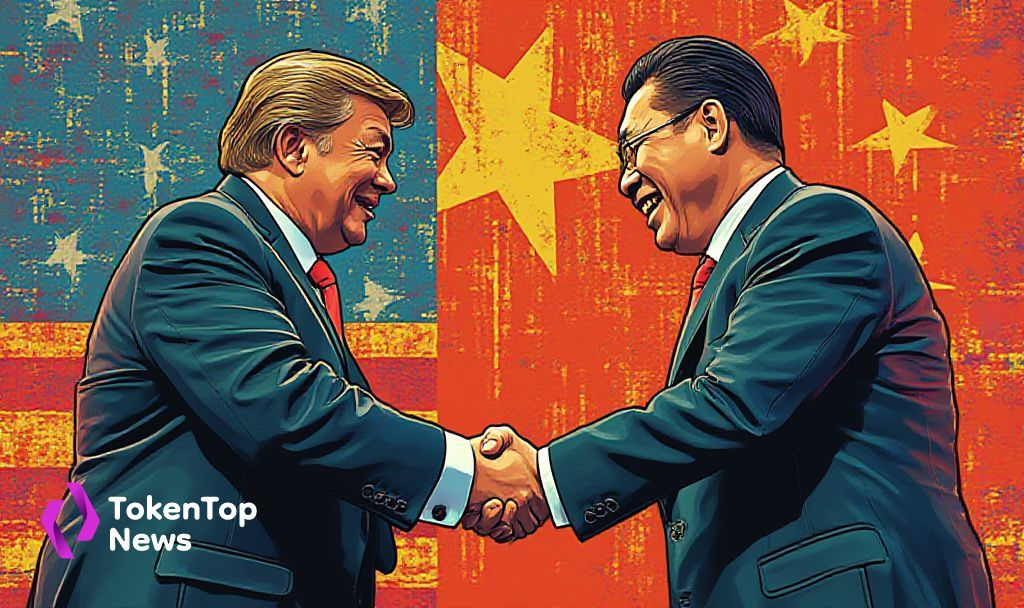US-China Trade Talks Conclude Amid High Tariffs
- US-China trade talks end, with focus on tariff reduction.
- High tariffs impact global economic outlook.
- Investor sentiment reacts positively to negotiations.

Both the Chinese and American sides concluded their latest trade negotiations on May 11, 2025, in Washington, D.C., focusing on tariff de-escalation.
The renewed negotiations are crucial amid soaring tariffs, influencing international trade and the stock market. Investor optimism grows as potential tariff reductions are discussed.
The US and China engaged in high-level discussions, aiming to reduce tariffs that currently stand at 145% on Chinese imports to the US and 125% on US imports to China. Treasury Secretary Scott Bessent and Trade Representative Jamieson Greer are key US figures in these negotiations. Bessent’s objective, emphasized in recent interviews, is prioritizing de-escalation over broader trade agreements.
“On Saturday and Sunday, we will agree on what we’re going to talk about. My sense is that this will be about de-escalation, not about the big trade deal. But we’ve got to de-escalate before we can move forward.” — Scott Bessent, Treasury Secretary
Vice Premier He Lifeng represents the Chinese delegation. Despite a focus on reduction, the talks ended without a major agreement, reflecting the complex landscape of international trade. Here, China remains a crucial trading partner—America imports significantly more than it exports to China.
The trade tensions have notably affected key sectors. The stock market shows optimism, responding positively to negotiations. However, oil prices were negatively impacted, affected by fears of reduced global growth if no resolution is attained.
History suggests US trade agreements often require extended negotiation periods. As tariffs are formidable barriers, they ripple through global economies, affecting countries and sectors far beyond the US and China.
Past negotiation trends highlight the complexity of such international trade discussions. Expectations are for extended timelines to reach comprehensive agreements. Outcomes may alter regulatory environments affecting multiple industries, impacting China’s trading activities significantly. Potential changes could influence technological partnerships worldwide.




